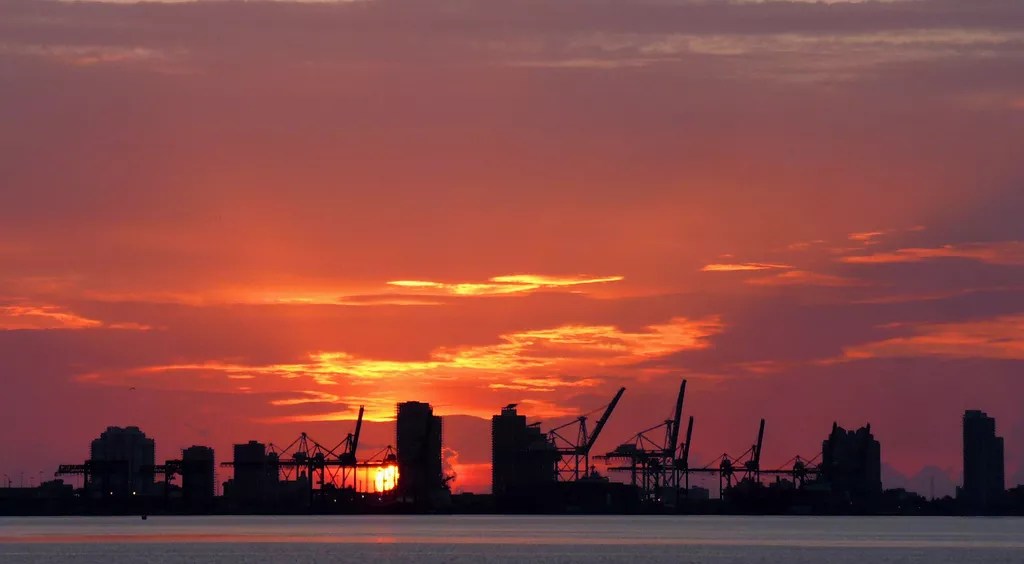
Photo by joiseyshowaa / Flickr

Audio By Carbonatix
Bad sign: Twenty seventeen tied for the hottest year in Miami history, according to National Weather Service data. The mean average temperature for the year ticked up to 79.1 degrees Fahrenheit.
Worse sign: Seven of the ten hottest years in city history occurred between 2007 and 2017. The remaining three happened in the 1990s.
The data, compiled by local meteorologist and University of Miami researcher Brian McNoldy (and reported earlier today by the Miami Herald), shows a trend that is obvious to anyone with a child’s understanding of temperature data. It’s gradually gotten hotter here over the past century, much as it has in other places around the globe:
2017 wrap-up for #Miami: it tied 2015 for the hottest year on record, had the most days with highs ?92°, and the most days with lows ?80° BY FAR. (it was also the 5th wettest year) #flwx #climate pic.twitter.com/mEY9Ydfsci
— Brian McNoldy (@BMcNoldy) January 2, 2018
2017 tied for hottest year on record in #Miami, and was also the 5th wettest. Are annual average temperature and annual total precipitation correlated? Turns out they are essentially uncorrelated… no climatological relationship here. #climate pic.twitter.com/vfEMZ4Cr8T
— Brian McNoldy (@BMcNoldy) January 2, 2018
There were certainly signs throughout the year that Miami was on pace for a record-setting 12 months. Summer was brutal: July 2017 was the hottest single month in Miami history, and the NWS’s station at Miami International Airport recorded a truly astounding 72 days with low temperatures above 80 degrees; the previous record, set in 2010, was only 45.
Speaking with New Times over the summer, McNoldy noted there were two factors likely driving up the NWS’s heat data: For one, MIA Airport is located inland, in the middle of a massive, flat, concrete-covered slab of land. As Miami-Dade County has urbanized over time, it has created an increasingly larger “heat island” in the landlocked areas away from Biscayne Bay.
8. July 2017 in #Miami will likely end up as the warmest of any month on record too given the models — right now up by 0.3F pic.twitter.com/JKh4bhE7SI
— Eric Blake (@EricBlake12) July 27, 2017
But far more important, global warming is making the city hotter. In places such as Saskatchewan, warmer temperatures might be a bearable, if not fortunate, result of carbon pollution, but in Miami, the results are projected to unlivable. As July temperatures baked South Florida this year, the noon summer sun made city streets feel like the surface of Venus. If the trend continues, it could spell disaster for outdoor laborers, backyard pets, the sick, and the elderly. Studies have warned that anywhere from 200 to 1,400 more deaths due to heat exposure could occur each year in Miami by 2100 if trends don’t reverse.
In July, McNoldy noted it is almost certain that human meddling is what’s turning Miami into a rotisserie oven.
“Take a look at the chart with the full-year temperatures going back through our history,” he said. “You really see that upward trend in the last 40, 50 years. Even the cool years dipped down; they’re higher than what the average used to be.”